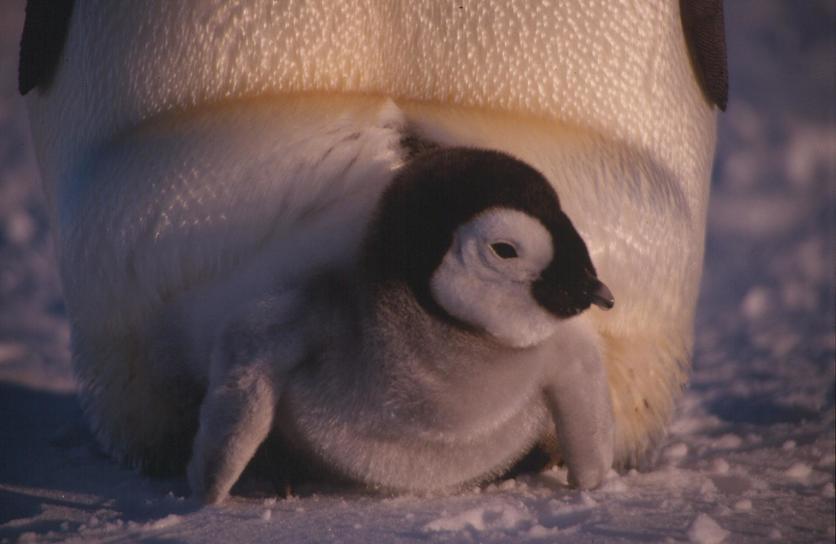In Antarctica, winter temperatures can vary from -70ºC to -15ºC – it is one of the coldest places to live on earth. To survive in the Antarctic, keeping warm becomes a very important focus, and insulation is a major factor in achieving this.
Heat loss
Heat is lost in one of three ways – in each situation, heat moves from a hotter object to a colder one:
- Conduction – the transfer of energy in a solid object from one end of the substance to the other by the rapid vibration of atoms.
- Convection – the transfer of heat energy through a liquid or gas by the movement of the fluid (atoms or molecules). This movement, caused by the expansion of the fluid, produces a current as its temperature rises, called convection current.
- Radiation – the emission of any rays, wave motion or particles from a source, most commonly applied to emission of electromagnetic radiation.
Keeping warm involves stopping the transfer of heat from one object to another. This can be done by insulating the object.
Substances can either be conductors or insulators of energy:
- Conductors allow energy to flow through them – metals are examples of good conductors.
- Insulators stop the flow of energy through them –substances like plastics, glass and air are good insulators.
Different methods of insulation
Keeping the inside of buildings warm and people warm can be done by covering them or any other object in layers of an insulator. Trapping air in layers is a very effective way of insulating an object. Cats fluff up their fur and birds do the same to their feathers when it is cold. This traps air inside the fur or feathers and reduces the amount of heat energy these animals lose. People wrap themselves in layers of clothes for the same reason. The thicker the layers and the more layers of clothing someone is wearing, the better the insulation.
Polystyrene and plastic foam are both used as insulators as they have small air bubbles trapped inside them. This makes them very good insulators because heat energy can’t flow through them. The same idea is used to keep the inside of buildings warm. Insulators like fibreglass and plastic foam are put into the cavity in the walls of a building to trap air and to reduce the transfer of heat energy so that heat stays inside the building.
Another example of insulation is double glazing. In this case, windows are made with two layers of glass, with a layer of air trapped between them. This stops the movement of air in the space between the two layers of glass and reduces heat loss from the window.
Nature of science
Science is based on and derived from observations of the world around us from which interpretations are made. Scientists depend on empirical evidence to produce scientific knowledge.
Related content
In the activity Animal and plant adaptations, students learn about animal and plant adaptations in Antarctic species and use these ideas to design their own unique animal or plant.
Read about Kelvin – The ThermoKennel and then see if your students could design a home for their pet or chosen animal. They will need to research the needs of the animal and the conditions of the environment it lives in before they commence their design.


